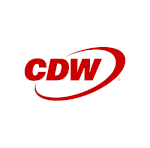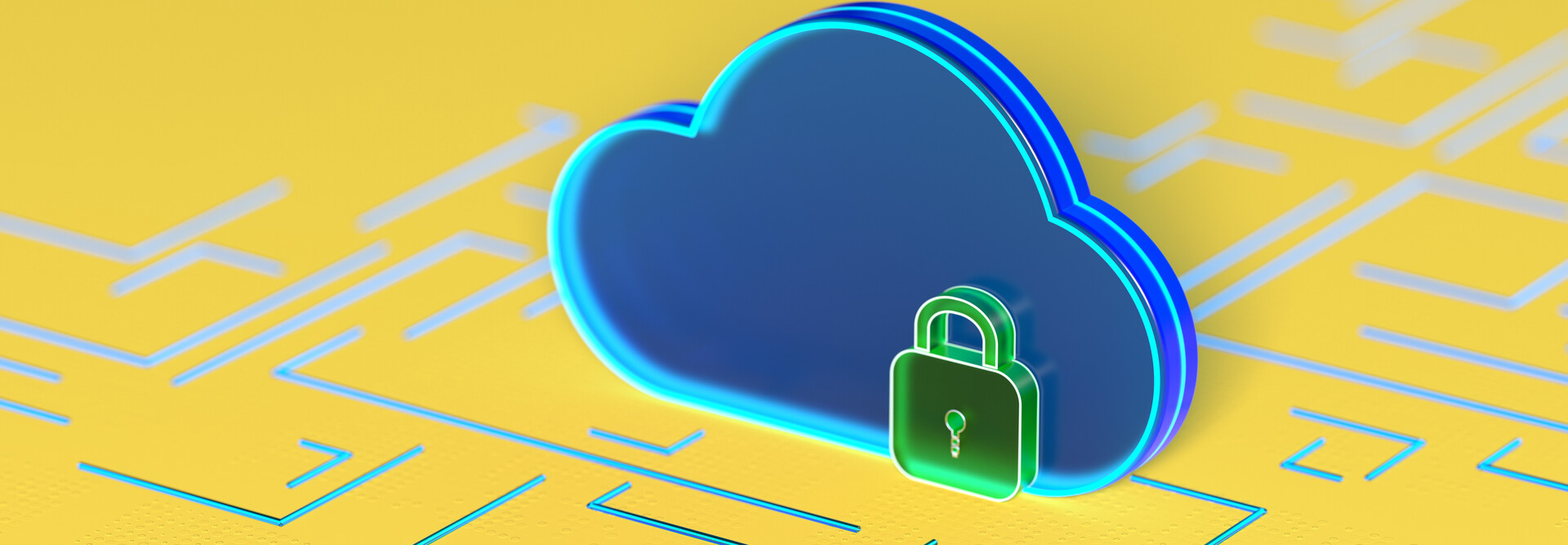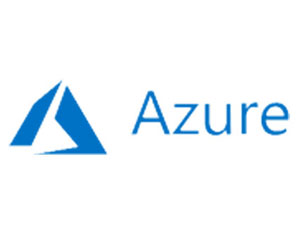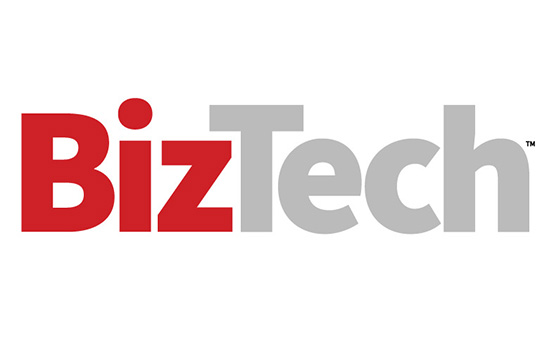Ongoing, fast updates: “Since Defender and Sentinel are cloud-enabled, they are constantly updated for zero-day attacks,” Carrico notes. This helps reduce the delay between detection and action to limit the scope and scale of attacks.
Automation of key tasks: Businesses can use Defender and Sentinel to create auto-remediation strategies that trigger a SIEM response to threats. For example, if unusual access behavior is detected, Defender can automatically investigate alerts to determine if a threat is real and take actions to terminate access, quarantine affected areas and remediate compromised machines.
READ MORE: How to overcome three key Azure challenges.
“The average incident is very expensive,” Harvey says. “You want to shut off that network path or disable access to a data source to limit the impact. As new common vulnerabilities and exposures are detected and released, this information is folded into the security suite, allowing companies to auto-remediate issues.”
A visual analysis of current security posture: Data from Sentinel and Defender is used to create a company’s Microsoft Secure Score. “Microsoft Secure Score is like a credit score for organizational security,” Carrico says. “It helps companies test, tweak and tune operations to improve their security posture.”
A Future Where All Your Data Is Safe in the Cloud
To help companies see firsthand how these tools work together, CDW has developed a push-button deployment of Azure Sentinel and Microsoft Defender used to show threat detection in a “war games”-style demonstration.
UP NEXT: An expert shares three tips to ensure a smooth cloud migration.
Teams need a single-pane-of-glass security solution that covers all aspects of business IT, say Carrico and Harvey. It’s about considering onsite infrastructure and edge computing as much as multiple clouds and artificial intelligence capabilities.
Once a business invests in this SecOps platform, IT leaders receive a hands-on demonstration, followed by an assessment to identify the tools that improve security posture and meet compliance obligations. Once deployed, and with the help of CDW’s experts, Microsoft Sentinel gives teams the transparency and control they need to protect multicloud environments.
Brought to you by:











